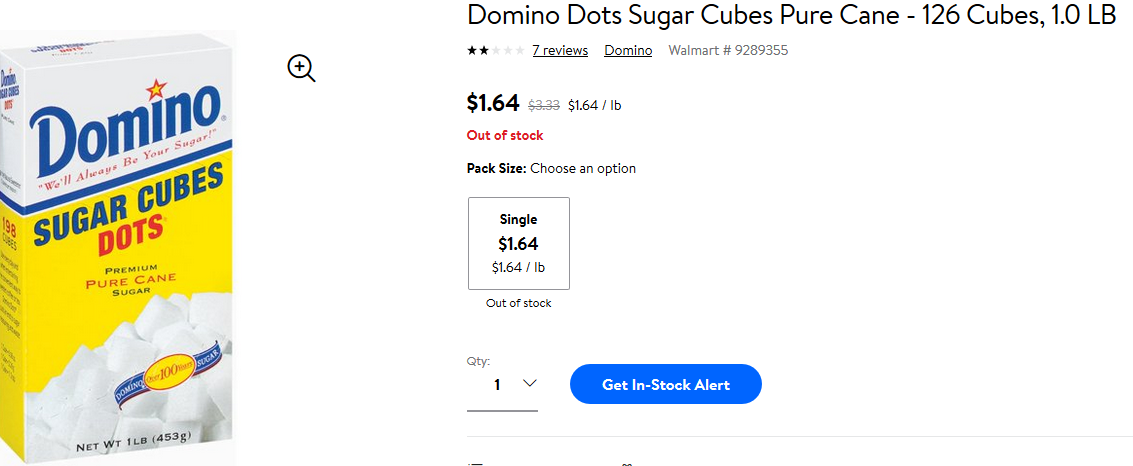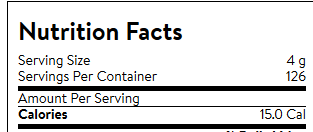davidabcd
Detroit, Mi.
- Joined
- Jul 19, 2018
- Messages
- 3,326
- Reaction score
- 4,430
But how are you measuring that?
I would never be interested in measuring it because I can experience that all the beer has the same amount of carbonation. My only proof, of which I am completely satisfied with, is empirical.
It's nothing more than when someone dissolves sugar by stirring in their tea. Is every molecule equally distributed? Maybe. Maybe not. But the taste doesn't vary when you drink it.























![Craft A Brew - Safale S-04 Dry Yeast - Fermentis - English Ale Dry Yeast - For English and American Ales and Hard Apple Ciders - Ingredients for Home Brewing - Beer Making Supplies - [1 Pack]](https://m.media-amazon.com/images/I/41fVGNh6JfL._SL500_.jpg)


























